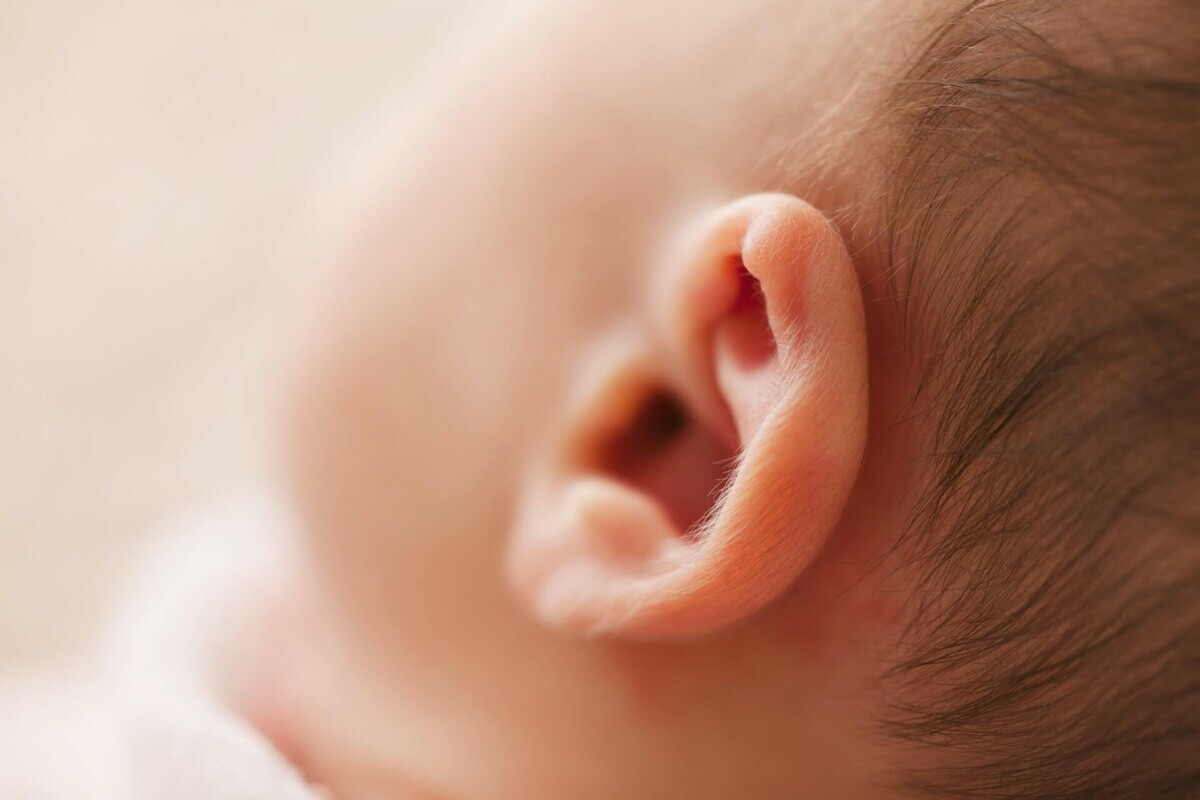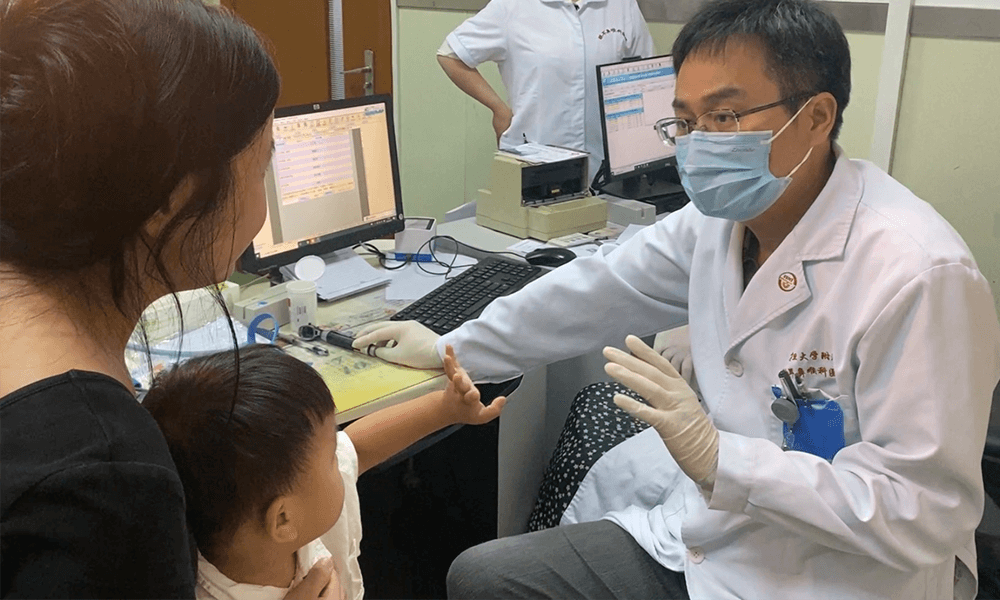
(Credit: Burst from Pexels)
BOSTON — A new gene therapy is helping to end childhood deafness once and for all. Scientists from the United States and China demonstrated that their gene therapy technique was effective in restoring the hearing in both ears of five children born deaf.
After the treatment, published in the journal Nature Medicine, these children could locate sounds and saw their speech perception in noisy environments improve.
“The results from these studies are astounding,” says Zheng-Yi Chen, DPhil, an associate scientist in the Eaton-Peabody Laboratories at Mass General Brigham Eye and Ear in Boston, in a media release. “We continue to see the hearing ability of treated children dramatically progress and the new study shows added benefits of the gene therapy when administrated to both ears, including the ability for sound source localization and improvements in speech recognition in noisy environments.”
Sixty percent of childhood deafness is caused by gene mutations. For example, children with DFNB9 (a form of deafness) have mutations in the OTOF gene that prevent the body from making the otoferlin protein, which is necessary for creating the auditory and neural mechanisms that help people hear. There is currently no drug treatment for hereditary deafness.
According to the authors, the study is evidence of the world’s first gene therapy to restore hearing in both ears. They emphasized that the goal of the clinical trial was always to reverse deafness in both ears because it gives children a better chance at three-dimensional hearing. Hearing in three dimensions is important for interpreting sounds from everyday life, communicating, and performing tasks like driving.
“Restoring hearing in both ears of children who are born deaf can maximize the benefits of hearing recovery,” says lead study author Yilai Shu MD, PhD, director of the Diagnosis and Treatment Center of Genetic Hearing Loss affiliated with the Eye & ENT Hospital of Fudan University. “These new results show this approach holds great promise and warrant larger international trials.”

The first phase of the clinical trial involved five children with the DFNB9 gene mutation who underwent surgery. The authors injected functioning copies of the human OTOF transgene carrying the adeno-associated virus into the children’s inner ears. Following up on the surgery, the scientists recorded 36 minor side-effects. However, there were no serious complications or dose-limiting toxicity.
All five children displayed clear hearing recovery in both ears. They showed improvements in hearing, comprehending spoken language, and locating where a sound is coming from. Two of the five children grew to appreciate music, a more complex auditory sound, as well as showing signs of dancing to music.
The new study expands on the team’s previous research, in which they delivered gene therapy in one ear for six people in China with the DFNB9 gene mutation. Five of the six patients showed signs of better hearing and speech.
“These results confirm the efficacy of the treatment that we previously reported on and represent a major step in gene therapy for genetic hearing loss,” Shu says.
While this new gene therapy is revolutionary, more work must be done as it continues through the next wave of clinical trial phases. Doctors must consider the increased risk of complications from performing two instead of one ear procedure. Additionally, injecting doses of the inactivated virus in each ear may mount a stronger immune response, raising the risk of uncomfortable side-effects.










